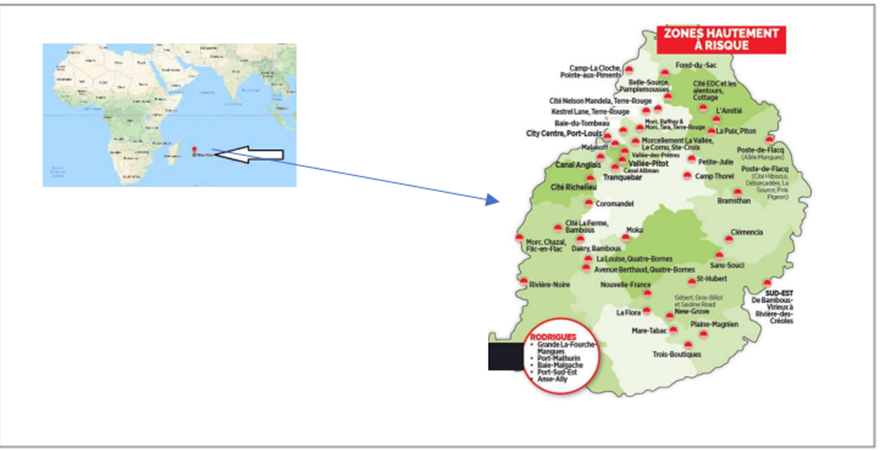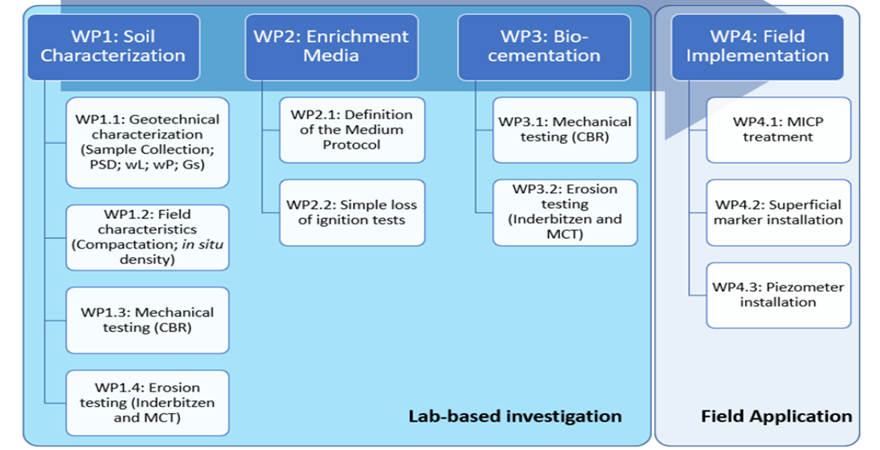- +91-11-4044-5999
- info@cdri.world
-
Copernicus Marg, New Delhi, INDIA
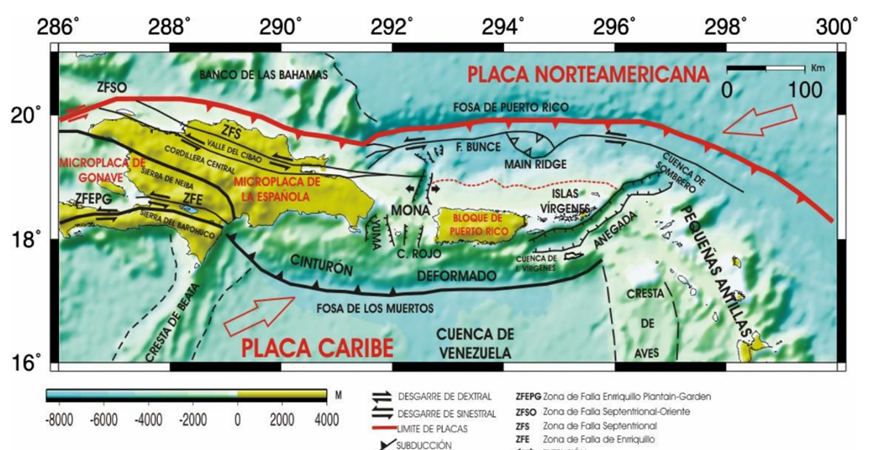
Seismic hazard, floods and physical vulnerability of buildings in the coastal area/southern municipality of Barahona of the Dominican Republic
Prof Nicolas Esteban Azcona
Yenipher Batista Sanchez
Pamela Marmol Mendez
National Geological Survey, Dominican Republic
Research problem: The Island of Santo Domingo (Hispaniola) rests on the base of the North American plate and the Caribbean plate; there are many known active seismic faults (Northern Hispaniola fault, Enriquillo, Hatillo, etc.). These faults have proven to be capable of producing large earthquakes of important characteristics.
Innovation/novelty: This proposal investigates a solution for seismic retrofitting of reinforced concrete buildings on the coast based on low-cost hysteretic energy dissipators, which avoid reinforcing beams and columns of the main structure. The placement of retaining walls.
Proposed solution: Identify the construction type and see the physical vulnerability of the buildings on the coast. Application of the Territorial Planning, Land Use and Human Settlements Law, Propose the use of energy dissipators. Apply the Rules of the Seismic Regulation. Propose placement of retaining walls facing the coast.
Research Methodology: Definition of representative typologies. Compilation of scientific information: It involves collecting all the relevant scientific information about the behaviour of reinforced concrete frame structures filled with walls. In situ search and documentation of real structures resolved in the Dominican Republic (an area with high seismic risk). Dissemination of results
Practical application and implications: Proposing a seismic retrofitting solution makes it possible to significantly increase the earthquake-resistant capacity of energy dissipation to deal with infrequent earthquakes with a reduced economic cost. The walls reduce the force of the sea waters. The state must prohibit buildings in high-risk locations.
Assumptions: The seismic performance of framed structures can be improved by designing them without or with a seismic-resistant design. The cross-sectional shape of the energy dissipators can be optimized so that they can be installed around the perimeter of the building. The buildings are exposed frontally to the cyclones.
Scope and limitations: Scientific-technical social and/or economic impact -Social and economic impact: Repair costs after a severe earthquake are much lower than those involved in the demolition and reconstruction of a building.
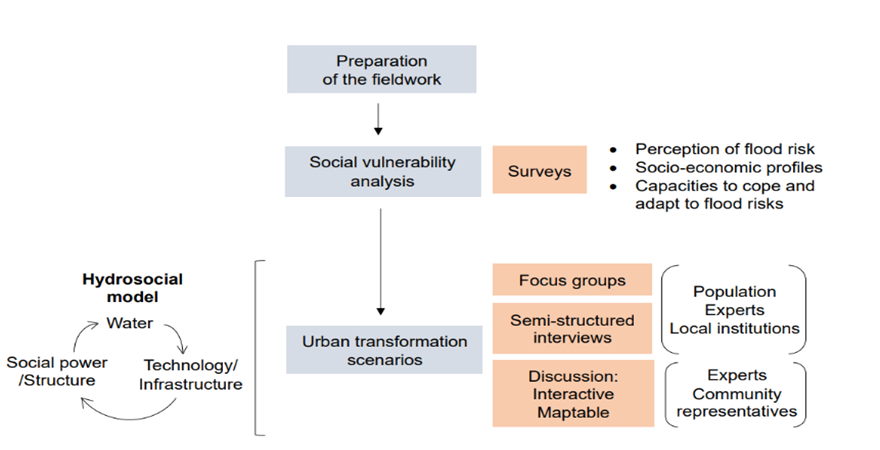
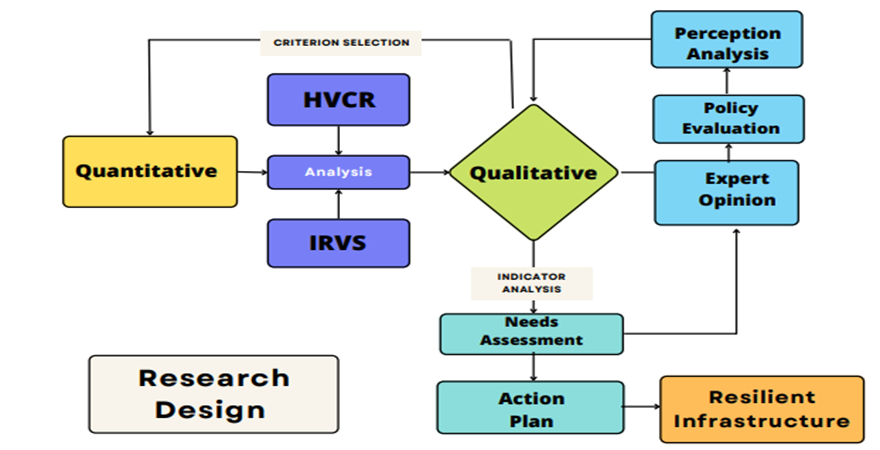
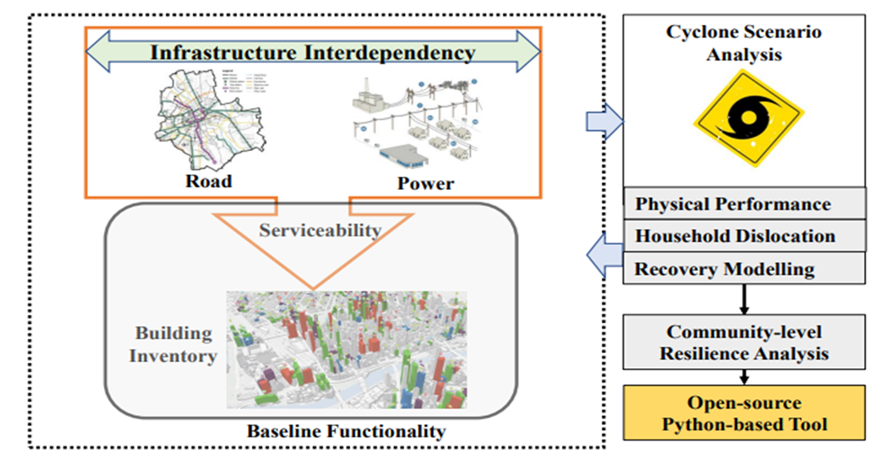
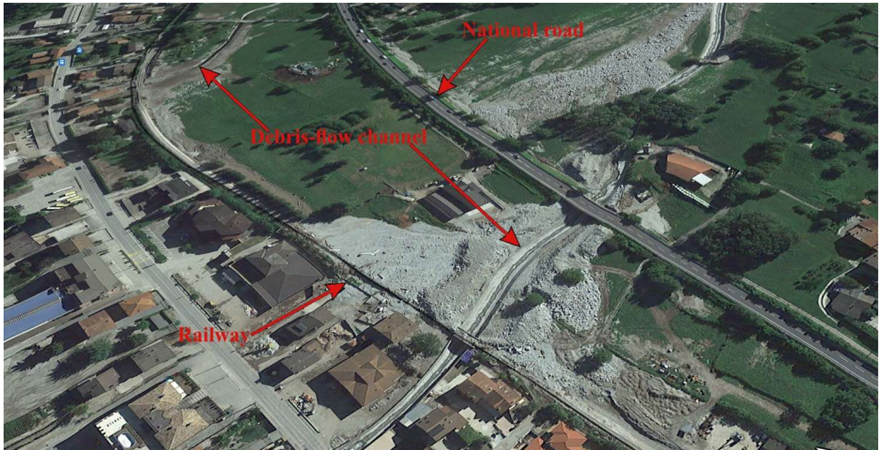
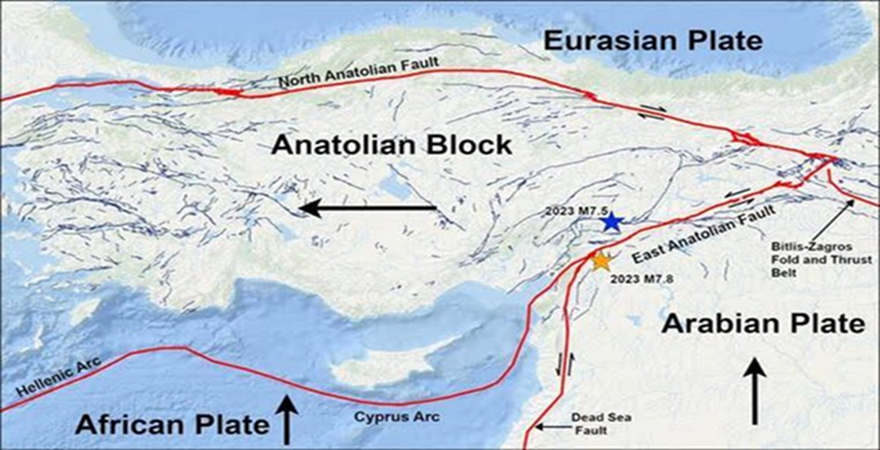
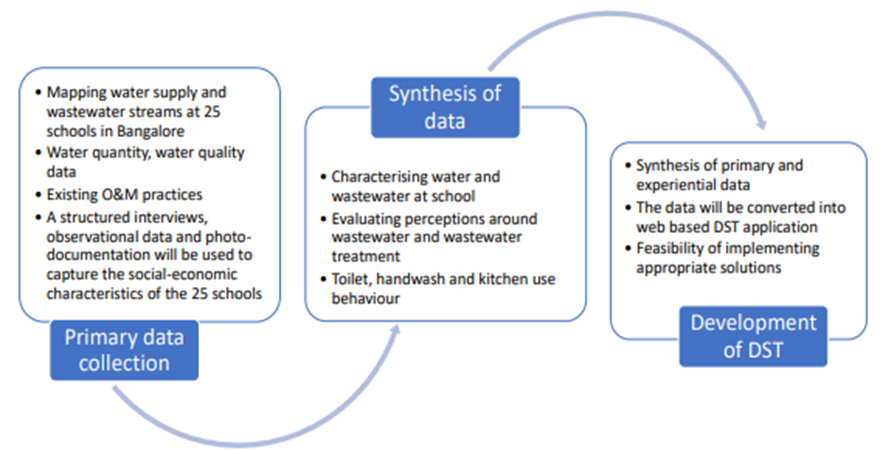
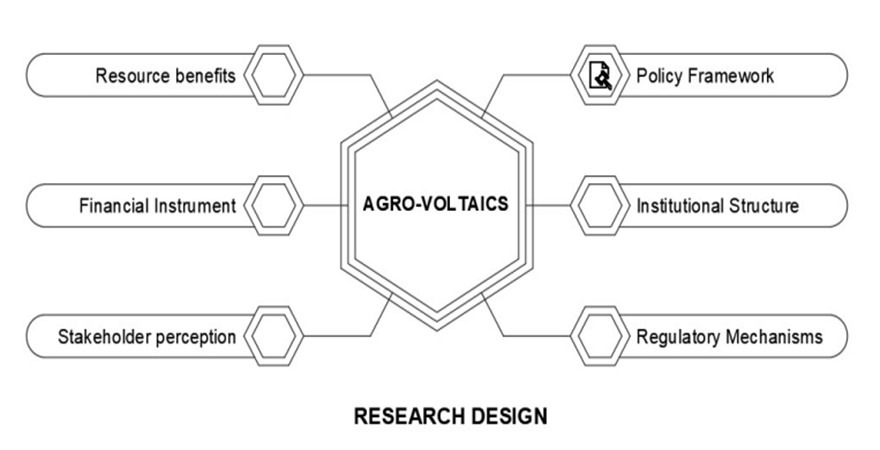
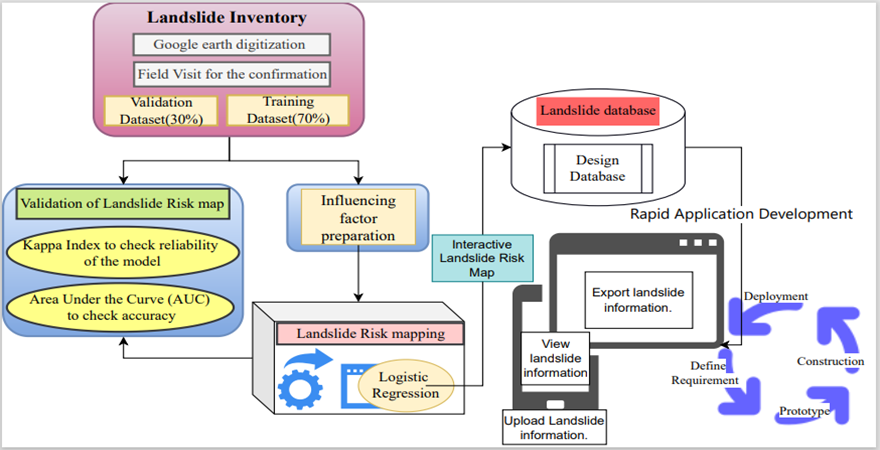

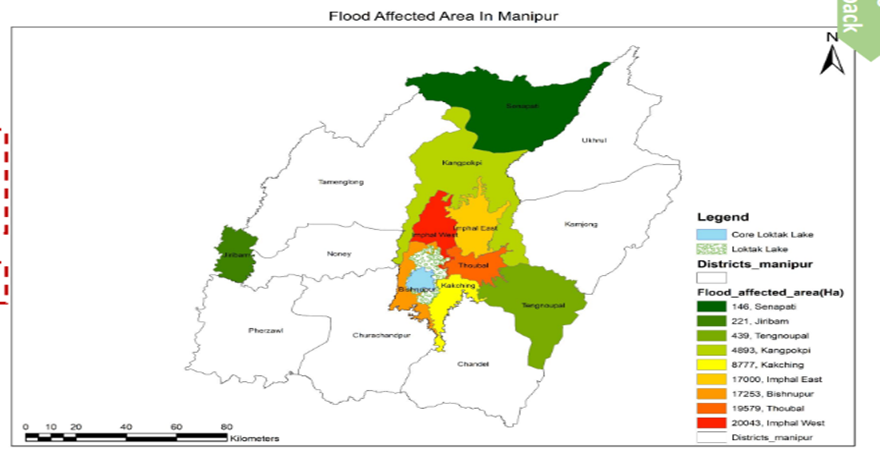

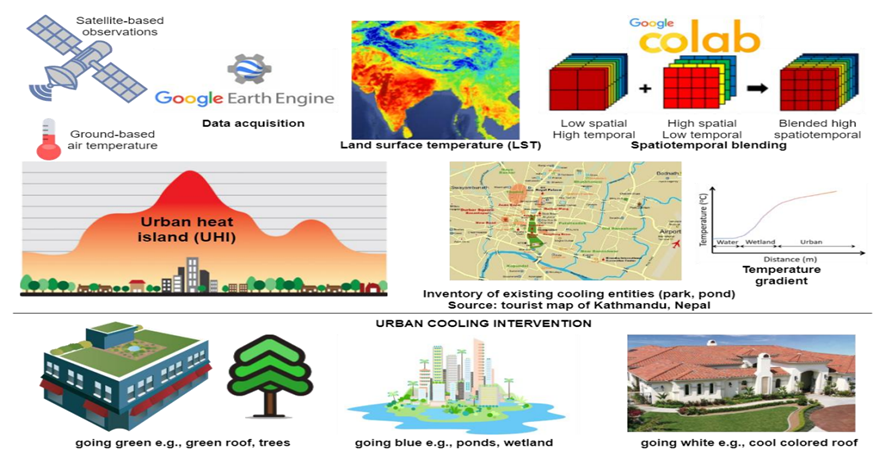
 mainstreaming inclusion of persons with disabilities in disa.png)

